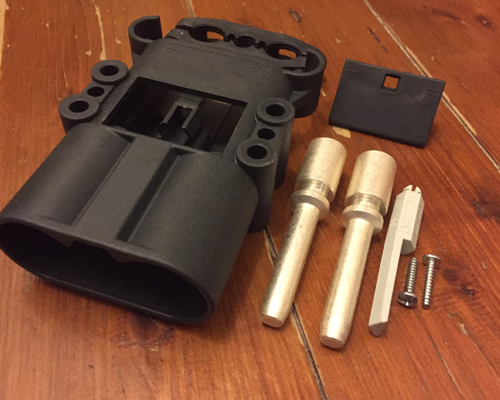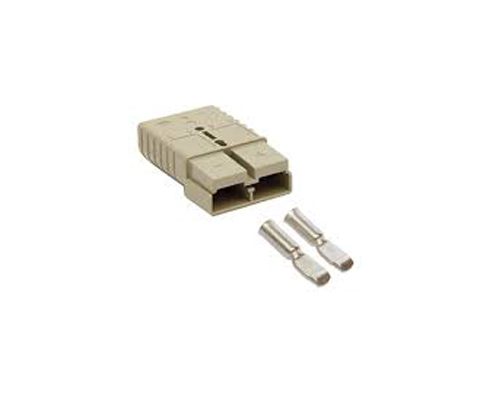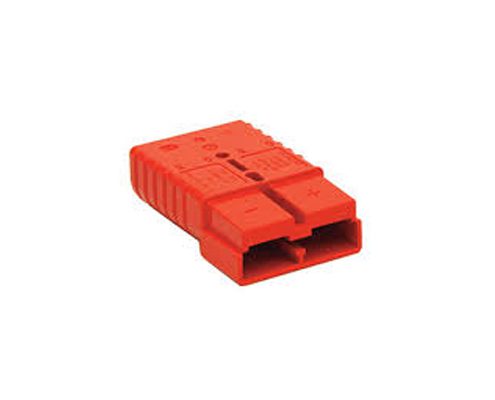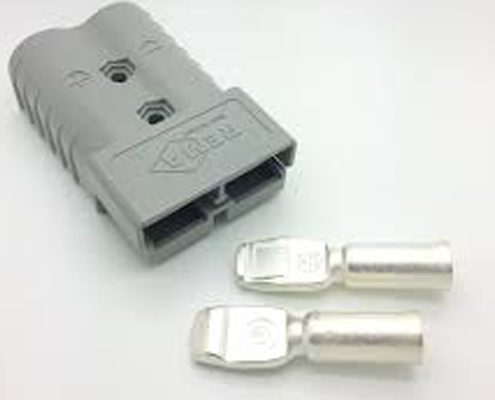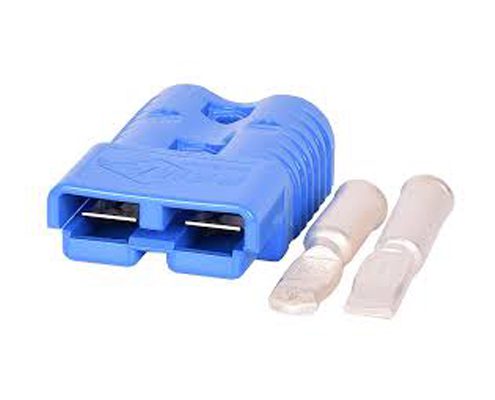REMA BATTERY CONNECTORS
As an interface between the battery and the vehicle, only absolutely reliable, high quality and durable connection devices guarantee the reliable and low-loss use of electrical energy. At the customer’s request, our connectors are also capable of using RFID technology to communicate.
Through the close contact with the vehicle, battery and charger manufacturers, we know the market requirements and the difficult application conditions of our products very well. Therefore, all REMA connectors distinguish themselves through proven functionality, ease of use, rugged durability and thus high-cost effectiveness.
The REMA Connector (also called “T” connectors) were one of the first on the REMA connector block, and remain to be a popular connector type with a very loyal following (which unfortunately had driven the price up).
The REMA “Ultra” connectors are rated for 60 Amps of continuous load, up to 75 Amp & higher bursts. I have pushed mine to 100 Amp for short spikes without issue. I used these connectors for several years when I first got into electric powered flight, but converted over to AMASS XT60’s since, and have never looked back to be honest.
REMA connectors use sprung flat tabs for the connector which is a departure from most other connectors that use “bullet” style pins. This in my experience makes the Deans one of the better plugs for consistent connectivity pressure as the sprung tabs don’t seem to lose their contact pressure over time after many cycles like bullet connectors sometimes do.
Like almost every RC LiPo battery connector out there, there are a good deal of copied/clones of REMA T connectors on the market, and some I actually like better than the original because they are textured making them easier to plug/unplug. Some on the other hand are complete garbage!
Other than pricing, I would say that is what I dislike the most with Deans/T style connectors is I find them difficult to connect, more so than disconnecting which is quite easy. They are actually quite small for their current ratings so in space conscious applications, could be a better choice over larger similar rated connectors.
Wires are soldered onto the back side tabs which requires heat shrink to insulate but makes removal/reuse easy


